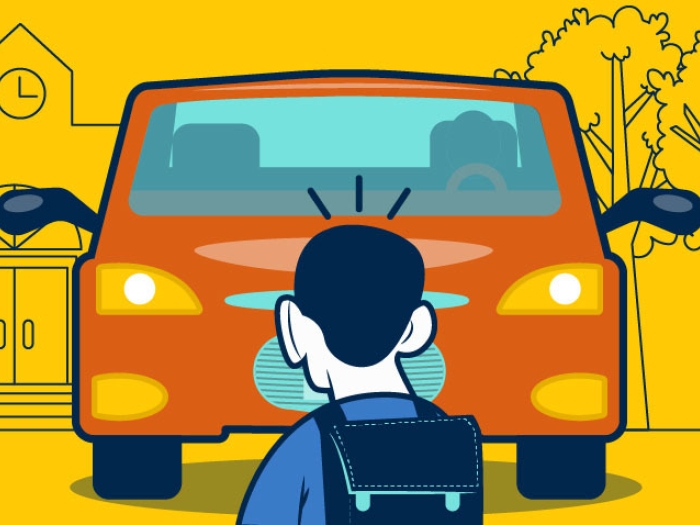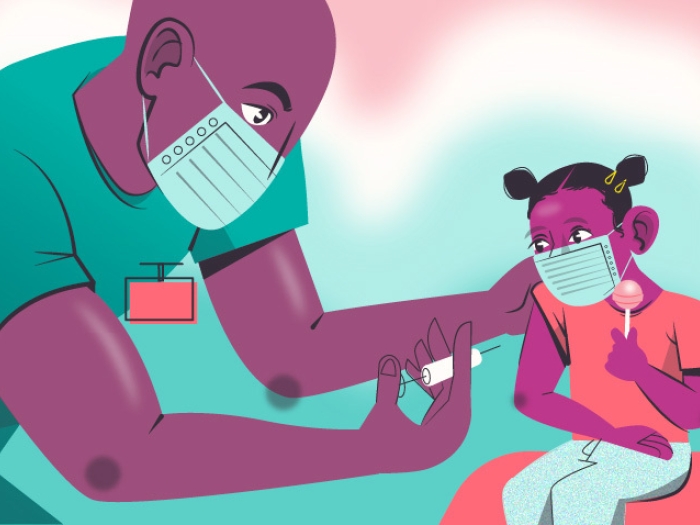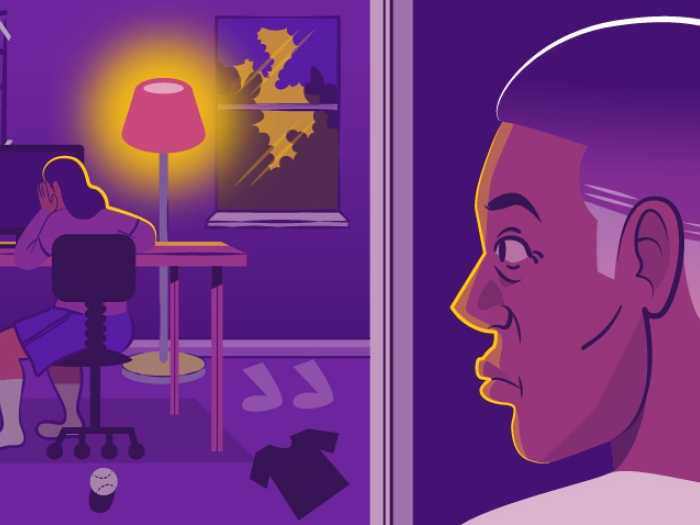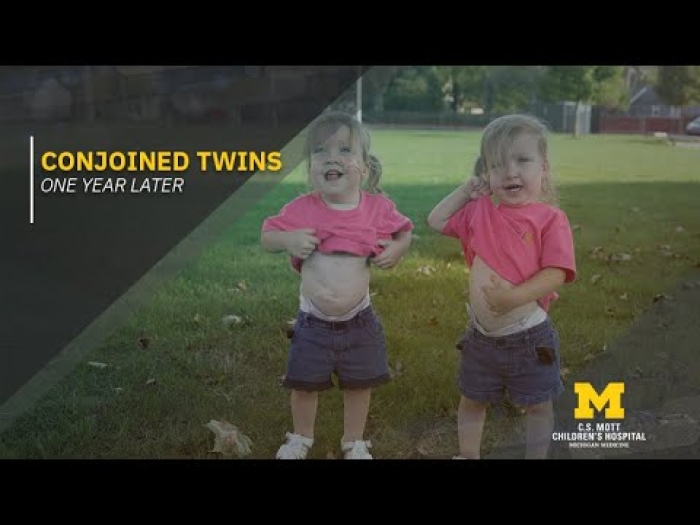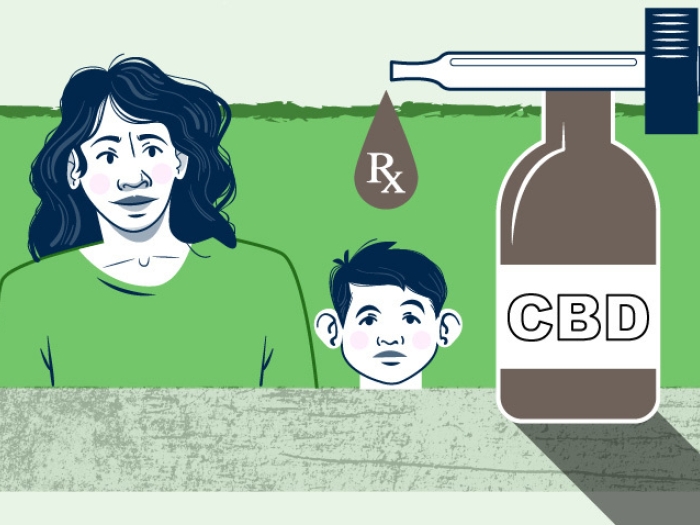As the movie about a child with a craniofacial difference debuts, Mott experts highlight lessons from the story all parents should know.
7:00 AM
Author |
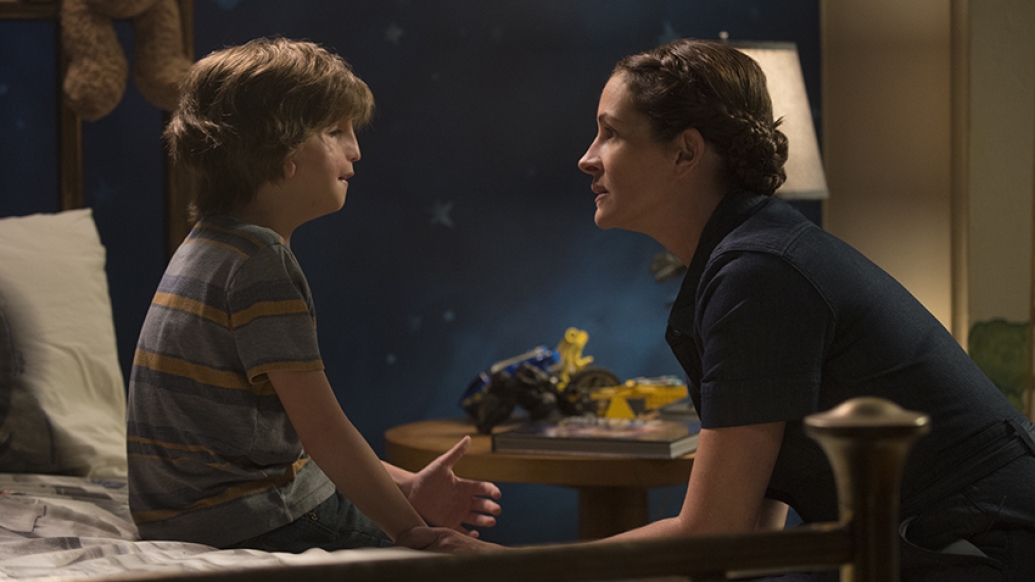
The story of 10-year old Auggie Pullman, a fictional character with a severe facial deformity, may seem like just another heartwarming movie for the holiday season.
MORE FROM MICHIGAN: Sign up for our weekly newsletter
But for many children with physical differences, it depicts a slice of real life.
"We see more than 500 new patients with some type of craniofacial anomaly each year," says Steven Buchman, M.D., pediatric plastic surgeon and director of the Craniofacial Anomalies Program at the University of Michigan C.S. Mott Children's Hospital, noting that many other physical conditions can make kids feel "different."
Wonder follows Auggie as he attends a mainstream school for the first time after years of home schooling.
The story, first told in a wildly popular book and now as a major motion picture, offers lessons particularly relevant for school-age kids and their parents. It's also an opportunity to educate anyone about craniofacial differences and how they affect people's lives.
Members of the Mott family share what stands out most to them.
Know that craniofacial differences aren't so different.
In the story, classmates initially bully Auggie and can't get past his appearance. But it's important to note that these kids' differences are mostly skin deep.
"Craniofacial anomalies often require surgery — sometimes many operations — and can require long-term follow-up care, but many of the conditions are, for the most part, physical conditions that do not really affect developmental growth," says Buchman. "Kids with craniofacial deformities like to do the same things a lot of other kids like to do, play the same way other kids like to play. These kids, for all intents and purposes, are just like any other kid.
"The main difference you might find, once you look past their physical appearance, is that they have a really special outlook on life, having often been through a lot at a young age. I am inspired by my patients just about every day."
Proactively teach kids about people who look different than they do.
Author R.J. Palacio was inspired to write Wonder after an encounter in which her 3-year-old son reacted to seeing a little girl with a severe craniofacial difference by loudly crying. In that moment, Palacio's focus was on getting away quickly so as not to hurt the little girl's feelings, but she knew in retrospect that "fleeing" may have been hurtful in and of itself.
SEE ALSO: Helping Kids Understand Craniofacial Differences
"It's a survival instinct for something that looks different to catch your eye, but how you respond to someone that looks different is what counts," says Jacqueline Kaufman, Ph.D., a pediatric neuropsychologist at Mott.
"Be proactive — don't wait for an uncomfortable situation to occur," suggests Kaufman.
For example, you can tell your child about a time when you saw someone who looked different and how you caught yourself staring, Kaufman says. "Let your child lead where the conversation goes. Talk about what it would have felt like for that person to notice you staring, what you could have done in that situation instead."
Kaufman also suggests that parents not shut their children down if they ask an uncomfortable question out loud, such as why someone looks a certain way or why they're in a wheelchair.
"If you shut them down, they'll learn there's something taboo about that person being different. At young ages, they are expressing curiosity, not judgment," she says. "Instead, encourage the child to ask the person if it's OK to ask them a question. Help your child to thoughtfully phrase the request to ensure the wording is not offensive.
"Some kids will value the opportunity to explain why they're in a wheelchair or to advocate for themselves. Others won't, but by not silencing your child, you've helped teach them that there's nothing wrong with the other child."
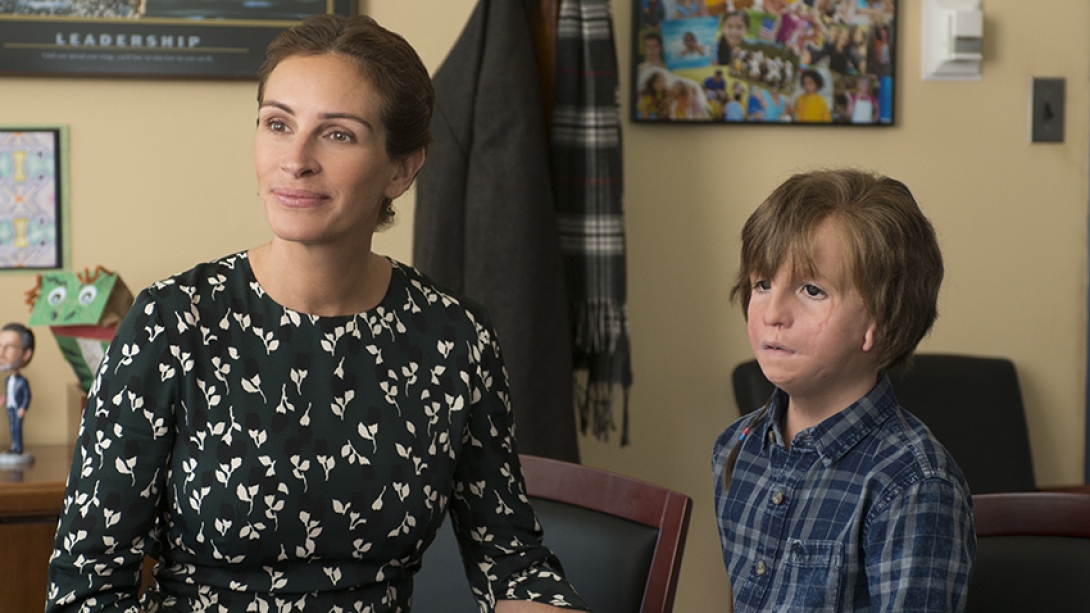
Ask children to consider different perspectives.
In Wonder, kids' actions can appear cruel — though the intentions behind them are not.
SEE ALSO: Thanks to Hit TV Show, One Boy's Rare Disease Not So 'Strange'
"Sometimes a bully is a bully, but sometimes what can feel like a judgment is about a person figuring out how to navigate a situation," says Kaufman.
The way the book shifts perspective demonstrates the power of hearing both sides of a story.
"It's easy to look at encounters with people as being one-sided: 'She saw me and just stared' or 'I don't know what to say when I'm around him,'" notes Kaufman. "But we're all in this together, and before we rush to judge how someone acted in a situation, it's important to consider that they may not actually mean harm.
"It doesn't make the experience go away, but it can help kids with differences compartmentalize some of the interactions they'll have as they move through life."
Similarly, remind children that classmates with differences may have similar conversations about their condition over and over throughout their lives.
"It can be exhausting for kids with disabilities to give people the benefit of the doubt," says Kaufman. "Help your kids understand that if a classmate doesn't react well to a question or well-intentioned comment, it likely wasn't meant to be unfriendly."
Share the Wonder. It helps kids with craniofacial differences.
"We love what Wonder has done for our patients," says Buchman. "Bringing these conversations into the open and talking about kids that look different and how what matters is what is on the inside is really powerful for kids."
Buchman, whose stepson is a teacher in the Walled Lake community school district, has seen how impactful the Wonder story can be in a school setting. Thanks to a donation from the Coghlan Family Foundation, the Craniofacial Anomalies Program is mailing nearly 700 copies of the book to elementary and middle schools in Livingston, Oakland, Washtenaw and Wayne counties in Michigan.
"We're committed to helping create more inclusive communities for our patients and all kids with physical and medical differences," says Buchman. "And Wonder is really helping us do that."
Images courtesy of Lions Gate Entertainment Inc.

Explore a variety of health care news & stories by visiting the Health Lab home page for more articles.

Department of Communication at Michigan Medicine
Want top health & research news weekly? Sign up for Health Lab’s newsletters today!

